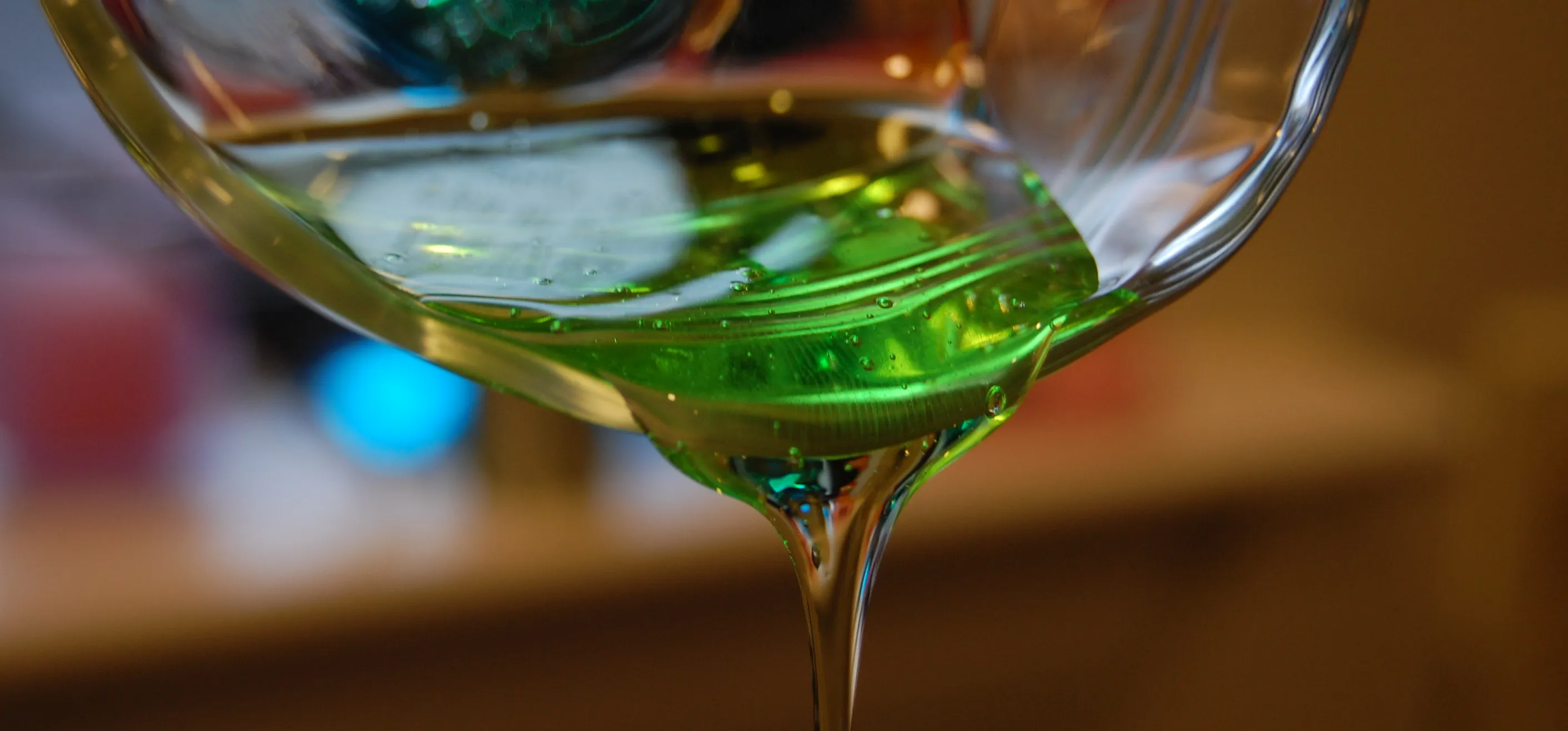Did you know that the average cost to make a penny is about 2.4 cents?!?

That's why the Obama administration asked Congress earlier this year for permission to change the metals in the penny, hoping to get the cost back down where it makes sense.
But do we even need these coins? It's not like we can buy anything with a penny anymore. Canada has actually discontinued the penny altogether—saving $11 million a year in the process. So, why not us?
So, what can you do with all of those seemingly useless pennies you have lying around?
Make a Ring!
That's exactly what Instructables user Mrballeng did—he made a ring from several smelted pennies. This may seem like it's against the law, but as long as you're not making a profit from it, there's nothing wrong with recycling those junk coins into something of a little more worth.
If you actually try this out, be warned that smelting pennies releases toxic fumes. You should be doing this outside or under a fume hood to prevent the inhalation of toxic zinc oxide fumes.
To make his zinc ring, Mrballeng first had to smelt the copper coating off the pennies, leaving just the melted zinc. He then poured it into a pipe and let it cool, then drilled a hole in the center so that he could properly size it.
Then he had to hammer the ring over a pry bar, expanding it until it reached the correct size.
After a little polishing, you should have a nice DIY ring!
Obviously, the process isn't as easy as I make it sound, but it's not that difficult as long as you have the proper tools and knowledge.
Click here to see the full instructions.
Penny photo by theilr




























Comments
Be the first, drop a comment!